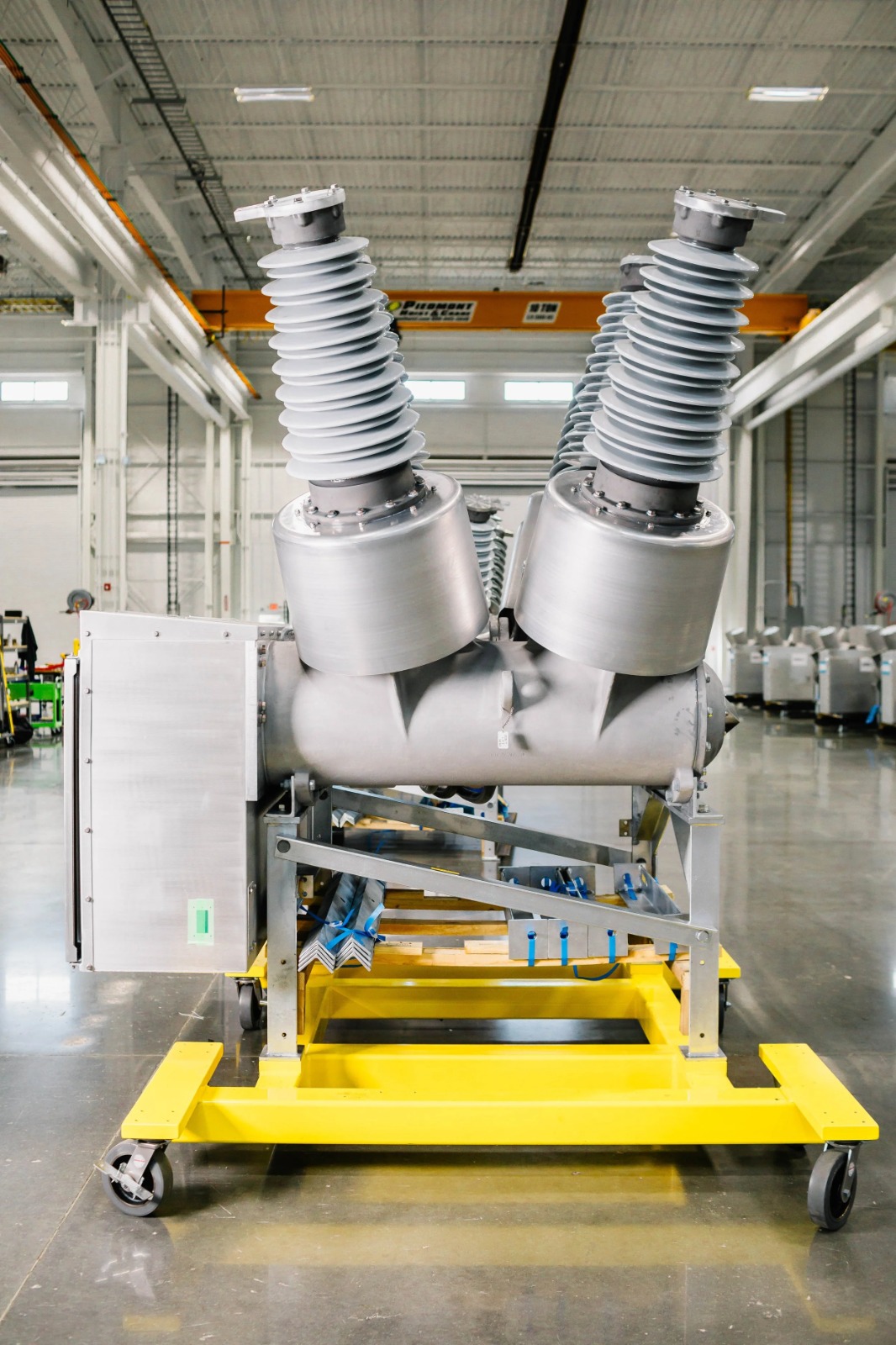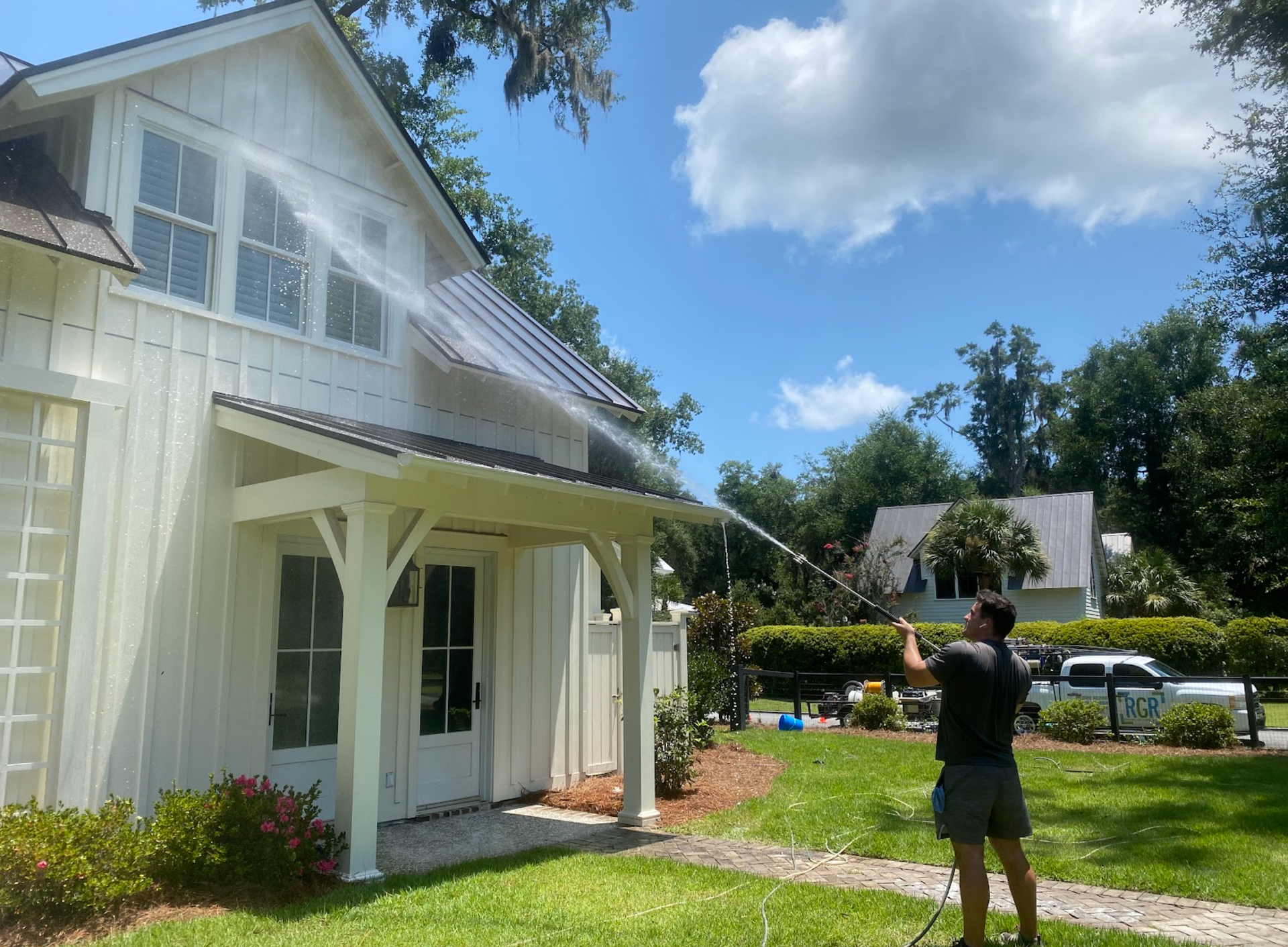
Introduction to Vacuum Circuit Breaker
A vacuum circuit breaker is one of the most reliable and efficient types of circuit breakers used in modern electrical systems. It operates by extinguishing the arc in a vacuum environment, ensuring high performance, minimal maintenance, and enhanced safety. Understanding how to install a Vacuum circuit breaker correctly is crucial for ensuring long-term operational stability and protection of electrical circuits.
Understanding the Vacuum Circuit Breaker
Before installation, it is essential to understand how a vacuum circuit breaker functions. It operates by separating its contacts in a vacuum chamber when a fault occurs. The vacuum environment prevents the arc from sustaining, resulting in immediate interruption of current flow. This makes the vacuum circuit breaker suitable for medium-voltage applications, industrial plants, and power distribution systems.
Importance of Safe Installation
Installing a vacuum circuit breaker safely not only ensures efficient operation but also prevents potential hazards such as electrical shocks, system failures, and short circuits. A properly installed vacuum circuit breaker enhances the reliability of the electrical network and reduces downtime.
Tools and Equipment Required
Before beginning the installation of a vacuum circuit breaker, gather all necessary tools and equipment. These typically include:
- Insulated screwdrivers and wrenches
- Torque wrench
- Voltage tester
- Personal protective equipment (PPE) such as gloves and goggles
- Mounting hardware and connectors
Having the right tools ensures that the vacuum circuit breaker is installed securely and efficiently.
Pre-Installation Safety Measures
Safety is paramount when dealing with any electrical installation. Before starting the installation of a vacuum circuit breaker, ensure that:
- The power supply is completely disconnected.
- The working area is dry and free from dust or conductive materials.
- All tools are properly insulated.
- Personnel are trained in handling electrical systems.
Following these measures helps prevent accidents and ensures that the vacuum circuit breaker can be installed without risk.
Step 1: Inspect the Equipment
Start by inspecting the vacuum circuit breaker for any visible damage or defects. Check the terminals, operating mechanism, and vacuum interrupter for signs of corrosion or mechanical wear. If any parts appear faulty, replace them before installation. A thorough inspection ensures that the vacuum circuit breaker functions optimally after setup.
Step 2: Mount the Vacuum Circuit Breaker
Mounting the vacuum circuit breaker correctly is essential for its stability. Depending on the model, it can be installed on a panel, cubicle, or metal-clad enclosure. Use the appropriate mounting brackets and bolts to secure it firmly. Ensure that the vacuum circuit breaker is aligned properly with the incoming and outgoing connections to prevent stress on the terminals.
Step 3: Connect the Electrical Cables
Once mounted, connect the electrical cables to the vacuum circuit breaker terminals. Use cables of appropriate ratings and ensure that connections are tight and clean. Avoid over-tightening the terminals to prevent damage. Each connection must be checked using a torque wrench to meet manufacturer specifications. Proper cable connection ensures that the vacuum circuit breaker can handle the rated current and voltage safely.
Step 4: Grounding the Circuit Breaker
Grounding is an important part of installing a vacuum circuit breaker safely. Connect the ground wire to the designated grounding terminal. This prevents electrical faults from causing dangerous voltage buildup and ensures the safe operation of the vacuum circuit breaker.
Step 5: Functional Testing
Before energizing the system, perform a complete functional test of the vacuum circuit breaker. Check the open and close operations manually to ensure smooth movement of the contacts. Test the control circuits, protection relays, and interlocks. Functional testing verifies that the vacuum circuit breaker operates as intended and responds correctly during fault conditions.
Step 6: Insulation Resistance Test
An insulation resistance test helps confirm that the vacuum circuit breaker is properly insulated. Use a megohmmeter to measure resistance between live parts and the ground. The resistance should meet the manufacturer’s specifications. Low resistance may indicate moisture or contamination, which should be corrected before proceeding. This test ensures that the vacuum circuit breaker maintains safety and reliability under operational conditions.
Step 7: Commissioning the System
After completing all tests, you can commission the vacuum circuit breaker. Gradually energize the system and observe its performance. Monitor the breaker’s operation during initial load conditions. Ensure that there are no unusual noises, vibrations, or overheating. Proper commissioning ensures that the vacuum circuit breaker is ready for long-term service.
Maintenance Tips for Vacuum Circuit Breakers
Even after installation, periodic maintenance of the vacuum circuit breaker is essential. Follow these tips to maintain peak performance:
- Regularly inspect contacts for wear and tear.
- Clean the exterior to prevent dust accumulation.
- Lubricate the moving parts as recommended by the manufacturer.
- Test the tripping mechanism periodically.
Routine maintenance ensures that the vacuum circuit breaker continues to operate safely and effectively over time.
Common Installation Mistakes to Avoid
While installing a vacuum circuit breaker, avoid the following mistakes:
- Failing to tighten terminal connections properly.
- Skipping grounding procedures.
- Ignoring manufacturer installation instructions.
- Using undersized cables or connectors.
- Overlooking functional testing.
Avoiding these errors helps prevent operational failures and extends the life of the vacuum circuit breaker.
Conclusion
Installing a vacuum circuit breaker safely requires careful planning, the right tools, and adherence to safety procedures. From inspection and mounting to testing and commissioning, each step plays a crucial role in ensuring the breaker’s reliability and safety. When installed correctly, a vacuum circuit breaker provides efficient protection for electrical systems, minimizes maintenance needs, and guarantees safe operation under all conditions. Whether for industrial use or power distribution, the vacuum circuit breaker remains an indispensable component for modern electrical safety and performance.





